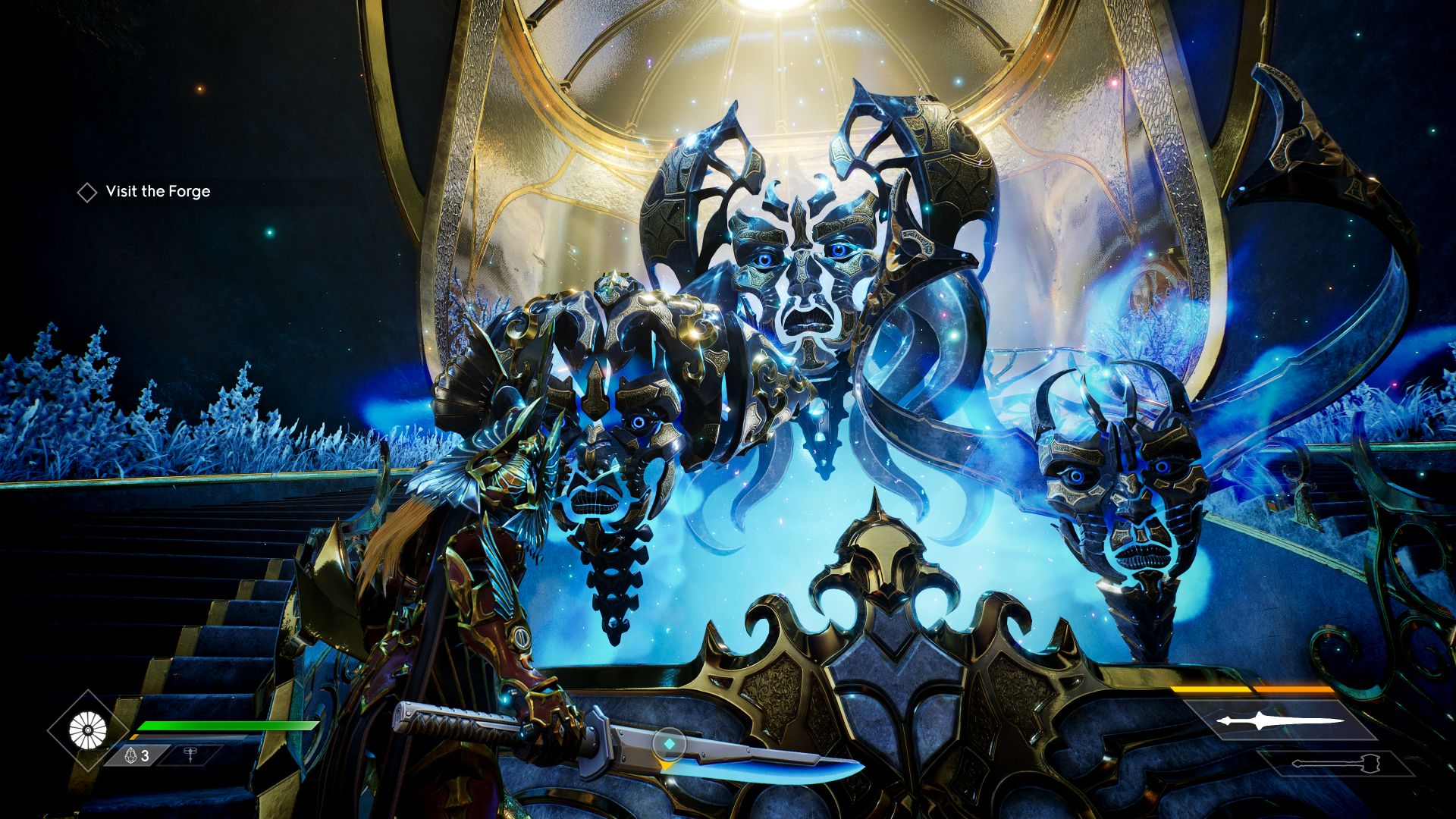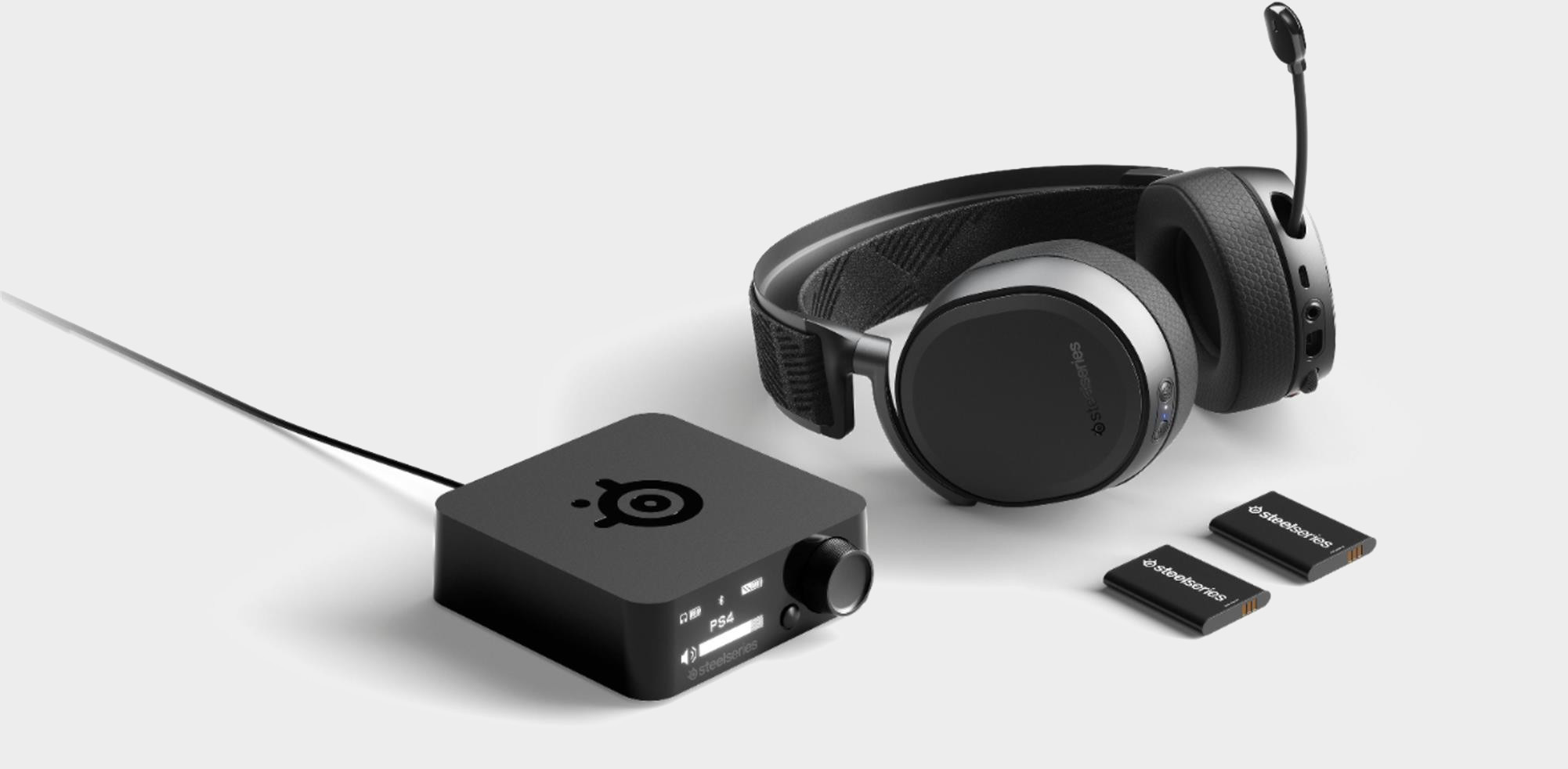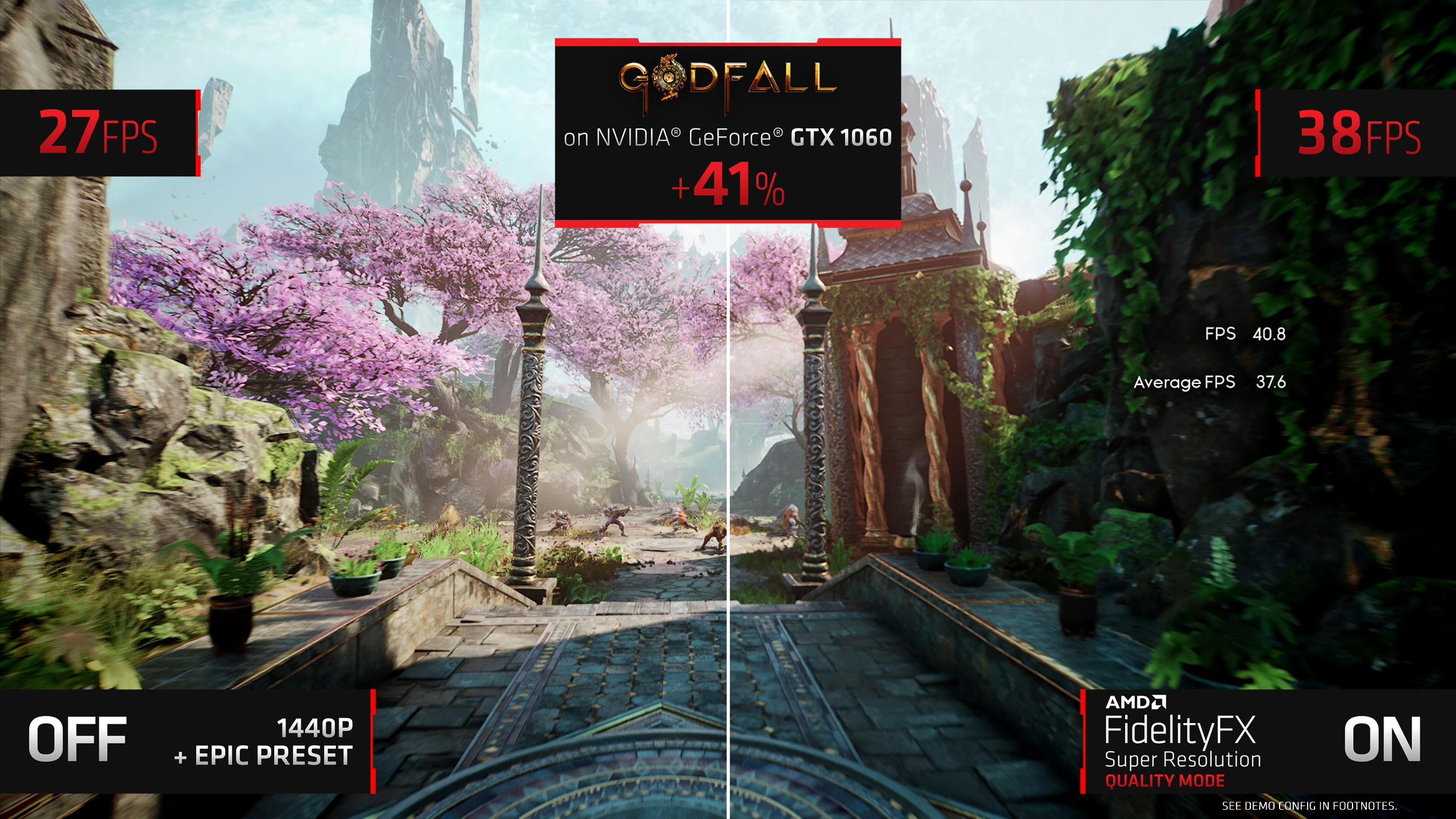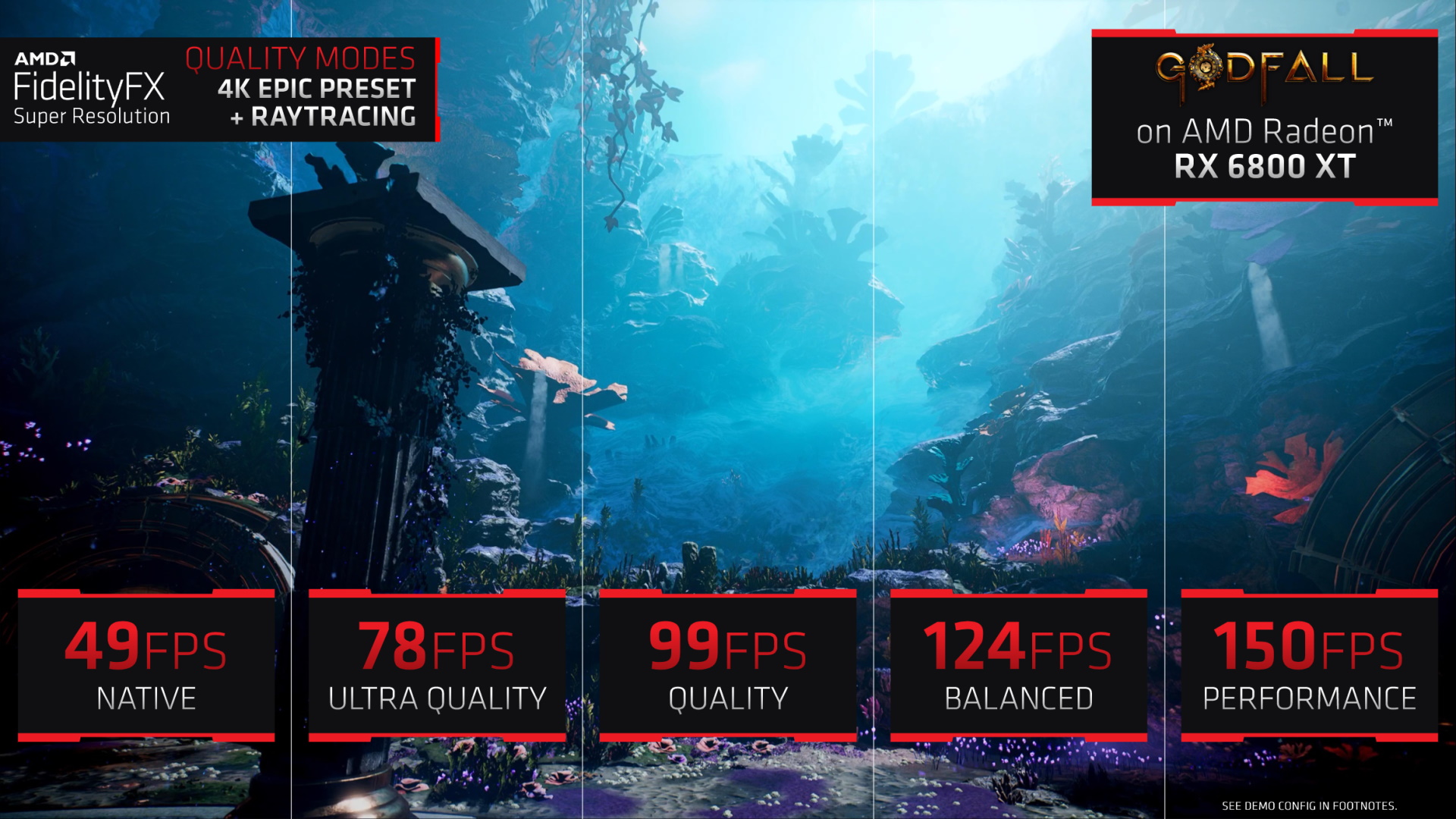AMD's FidelityFX Super Resolution coming June 22
It's open source, and could deliver around double the performance at 4K.

AMD finally has finally given some performance previews for its elusive FidelityFX Super Resolution tech—originally announced about a year ago—and it looks to offer up a serious performance boost in the process.

Best wireless gaming mouse: ideal cable-free rodents
Best wireless gaming keyboard: no wires, no worries
Best wireless gaming headset: top untethered audio
FidelityFX Super Resolution, or FSR for short, is AMD's answer to the magic of Deep Learning Super Sampling, or just DLSS. Nvidia's version utilises AI to upscale your games to higher resolutions without too much performance loss, but with AMD's version "you don't need machine learning to do it." Shots fired.
With DLSS offering performance improvements of up to 118% in some instances, FidelityFX is looking at a pretty high bar.
From what we've seen so far, FidelityFX offers four different upscaling modes, with its Ultra Quality mode giving it one more option than you tend to get with DLSS. With this mode enabled, AMD's GodFall demo managed 78fps over the native 49fps. That's around a 59% performance boost for the demo rig's Radeon RX 6800 XT at 4K, with the graphics set to epic and raytracing turned on. Not bad, but that's just scratching the surface.



When we get all the way up to Performance mode, the uptick is impressive. From that native 49fps, we're seeing a 3X boost to 150fps. And there's no discernable difference in the side-by-side image fidelity.
When AMD tested the same game on epic graphics preset with an Nvidia GeForce GTX 1060 at 1440p, FSR Quality mode managed to push the game's framerate up by 41%—from 27fps to 38fps.
DLSS only runs on RTX cards of course, which means that AMD has squeezed extra performance out of its competitor's GPU in a way that Nvidia can't. Impressive work.
Keep up to date with the most important stories and the best deals, as picked by the PC Gamer team.
Being an open-source technology, FidelityFX works across a much broader range of GPUs and CPUs, including that of the competition. AMD is promising over 100 compatible graphics chips for it, but there's a catch: Not all games will be compatible.
Devs will have to work with AMD to employ the technology, although at least the open-source nature of the tech means that it should get easier over time. According to AMD, there are currently "over ten game studios and engines" on board in 2021, though it's unclear in which games will get the all-important patch come June 22.
For a full run down of the games supporting AMD's existing FidelityFX features check out the FidelityFX supported games list. Hopefully that will get updated with the ones offering specific FSR support themselves. Gamers are even being given the opportunity to suggest which games they'd like to see it working on, over on the AMD site.
Obviously, the demo benchmarks are all cherry-picked numbers, so we'll have to wait until FSR comes out fully to know for sure just how powerful the tech is in practice, come June 22. But we can't help but be cautiously hopeful that FSR can deliver.

Screw sports, Katie would rather watch Intel, AMD and Nvidia go at it. Having been obsessed with computers and graphics for three long decades, she took Game Art and Design up to Masters level at uni, and has been rambling about games, tech and science—rather sarcastically—for four years since. She can be found admiring technological advancements, scrambling for scintillating Raspberry Pi projects, preaching cybersecurity awareness, sighing over semiconductors, and gawping at the latest GPU upgrades. Right now she's waiting patiently for her chance to upload her consciousness into the cloud.

